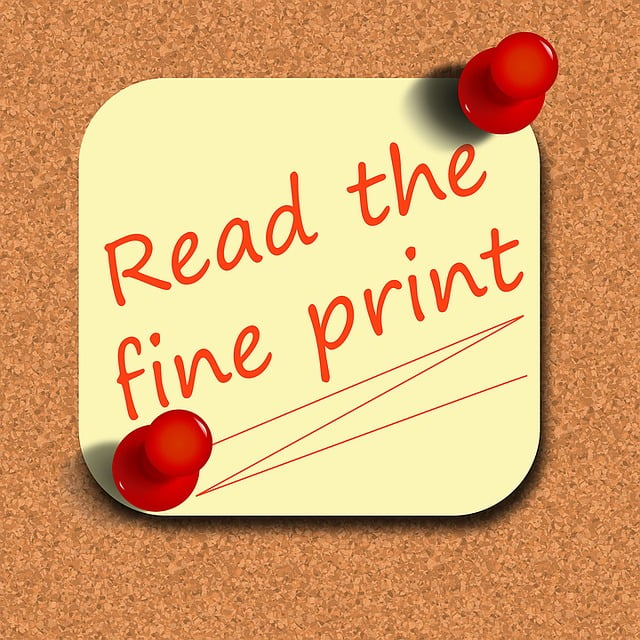UK editorial columns translation services require a unique blend of cultural understanding, native speaker proficiency, advanced technology, and visual storytelling. Professional translators must grasp British culture's intricacies to accurately convey meanings, preserving wit and insight. Native speakers ensure idioms, nuances, and cultural references are preserved, enhancing engagement. Advanced tech, like machine translation platforms with translation memories, improves accuracy and saves time. Visual content, including diagrams and infographics, aids accessibility for diverse audiences. Tone and style adjustments are crucial, balancing cultural subtleties with precise communication. Successful translations maintain the integrity of UK editorial columns across languages, with continuous improvement through feedback loops key to success in a competitive market.
In today’s globalised world, accurate and engaging translations are vital for reaching diverse audiences. This article explores key strategies for enhancing translation quality, from understanding cultural nuances to leveraging advanced technology. We delve into the significance of native speaker review, visual content engagement, and adapting tone for specific audiences. Through case studies in UK editorial columns, we demonstrate successful implementations and highlight the importance of continuous improvement through feedback loops, ensuring top-tier translation services.
- Understanding Cultural Nuances in Translation
- The Role of Native Speakers in Quality Assurance
- Utilizing Advanced Technology for Precision
- Engaging Visual Content: More Than Words
- Adapting Tone and Style for Different Audiences
- Case Studies: Successful Translations in UK Editorial Columns
- Continuous Improvement: Feedback Loops for Excellence
Understanding Cultural Nuances in Translation

In the realm of translation services, especially for UK editorial columns, understanding cultural nuances is paramount. Language is not just words; it’s deeply intertwined with customs, idioms, and values unique to each culture. A professional translator must grasp these subtleties to ensure messages are accurately conveyed. For instance, what sounds like a simple phrase in one language might carry a different connotation or even be incomprehensible in another due to cultural references or humor.
UK editorial columns, known for their sharp wit and insightful commentary, require this level of sensitivity. Translators must navigate the intricate landscape of British humor and idiomatic expressions while maintaining the original intent and impact. This involves more than just word-for-word translation; it’s about capturing the essence, the spirit, and the cultural context to produce a translated piece that resonates with readers from different backgrounds.
The Role of Native Speakers in Quality Assurance

In the pursuit of accurate and engaging translations, native speakers play a pivotal role in quality assurance for UK editorial columns and translation services. Their deep understanding of both the source and target languages ensures that nuances, idioms, and cultural references are preserved, preventing potential misunderstandings or loss of meaning. Native speakers act as a bridge between the original text and its intended audience, ensuring that the translated content resonates with readers from that linguistic background.
Moreover, they bring contextual expertise, enabling them to catch subtle errors, grammatical inconsistencies, or even inappropriate phrasing that automated translation tools might overlook. This human touch is particularly crucial in fields like editorial columns where clarity, coherence, and cultural relevance are paramount. By leveraging the skills of native speakers, UK translation services can deliver high-quality outputs that not only convey the message but also engage and captivate readers.
Utilizing Advanced Technology for Precision

In today’s digital era, advanced technology plays a pivotal role in ensuring accurate and engaging translations, especially for UK editorial columns within the realm of translation services. Tools like machine translation (MT) platforms have revolutionized the process by providing quick and cost-effective solutions. These platforms utilize sophisticated algorithms and neural networks to capture the nuances of source text, enabling more precise and contextually relevant translations.
Moreover, technology allows for seamless integration of translation memories (TMs), which store previously translated segments, enhancing consistency throughout the document. This not only improves accuracy but also saves time for translators, ensuring that UK editorial columns remain true to their original intent and target audience. With the right blend of human expertise and advanced tech, translation services can deliver content that resonates with readers while maintaining editorial integrity.
Engaging Visual Content: More Than Words

In today’s globalized world, visual content plays a pivotal role in communication, especially when it comes to translation services. UK editorial columns, for instance, often rely on intricate wordplay and subtle cultural nuances that can be challenging to convey accurately through text alone. Engaging visual elements like diagrams, infographics, and carefully chosen imagery can significantly enhance the impact of translated content, making complex ideas more accessible and captivating.
For UK-based translation services, incorporating these visuals requires a creative approach. Professional translators must not only master language but also understand the art of visual storytelling. By aligning graphics with the underlying message, they ensure that the essence of the editorial column is preserved while appealing to a diverse audience. This strategy not only improves comprehension but also fosters a deeper connection between the translated content and its readers.
Adapting Tone and Style for Different Audiences

When offering translation services, especially for UK editorial columns, understanding and adapting to different audiences is key. Tone and style play a significant role in ensuring your translated content engages and resonates with readers from diverse backgrounds. For instance, a formal business report requires a precise, straightforward approach, while a creative narrative demands a more lyrical and descriptive style.
Translation professionals must consider cultural nuances as well. What sounds appropriate in one language might not translate well into another. For example, idiomatic expressions often lose their original meaning or require clever rephrasing to convey the same sentiment. By tailoring tone and style to match the target audience, UK translation services can deliver content that is both accurate and culturally sensitive, enhancing the overall readability and impact of translated editorial pieces.
Case Studies: Successful Translations in UK Editorial Columns

Successful translations within the realm of UK editorial columns highlight the intricate dance between cultural nuances and precise communication. Professional translation services have been pivotal in ensuring that articles, opinion pieces, and news reports maintain their integrity and impact across diverse linguistic landscapes. These case studies showcase how skilled translators navigate the challenges posed by idiomatic expressions, colloquialisms, and regional variations to deliver accurate and engaging content.
For instance, consider a political commentary piece originally penned by a renowned UK journalist. The translation service not only conveys the author’s arguments but also captures the subtle undertones and cultural references that resonate with British readers. By immersing themselves in the source text and drawing from their own linguistic and cultural understanding, translators ensure that the final rendition retains its edge and persuasiveness, making it just as impactful in a foreign language setting as it was originally intended for the UK editorial column.
Continuous Improvement: Feedback Loops for Excellence

In the realm of UK editorial columns and translation services, continuous improvement is paramount. Effective translation goes beyond mere word-for-word substitution; it demands a deep understanding of cultural nuances and idiomatic expressions. Translation services that excel in this aspect foster accuracy and engagement, ensuring the translated content resonates with the target audience.
Feedback loops play a pivotal role in achieving excellence. Encouraging ongoing feedback from clients, linguists, and editors allows for constant refinement and adaptation. By integrating this feedback into their processes, translation services can identify areas of improvement, refine their methodologies, and enhance overall quality. This iterative approach not only guarantees accuracy but also ensures that UK editorial columns remain engaging and culturally relevant in a diverse linguistic landscape.
In the realm of communication, accurate and engaging translations are pivotal, especially within diverse cultural contexts like UK editorial columns. By understanding nuances, leveraging native speakers, embracing advanced technology, and integrating visual content effectively, translation services can deliver exceptional results. Adapting tone and style to cater to various audiences further enhances comprehension and reception. The case studies presented demonstrate the success of these strategies in real-world scenarios, emphasizing the importance of continuous improvement through feedback loops. Thus, UK editorial column translations that master these aspects not only ensure precision but also foster meaningful connections across languages and cultures.
